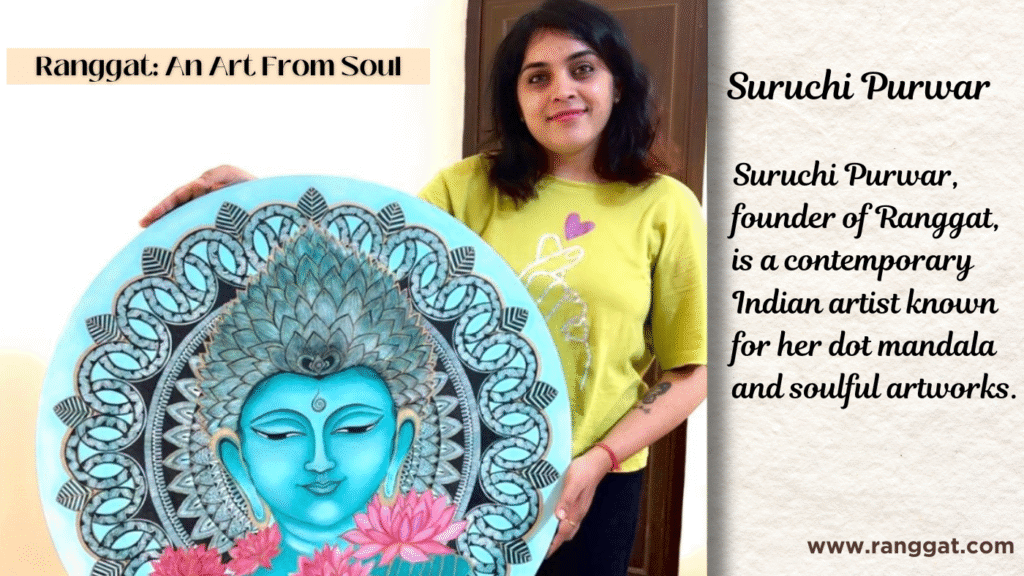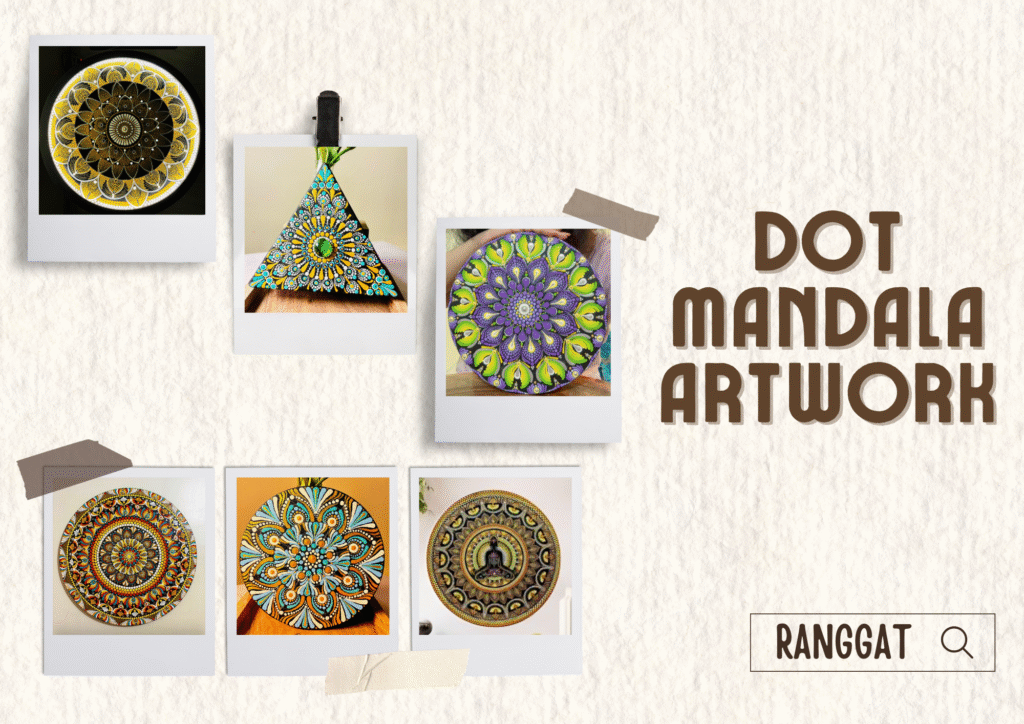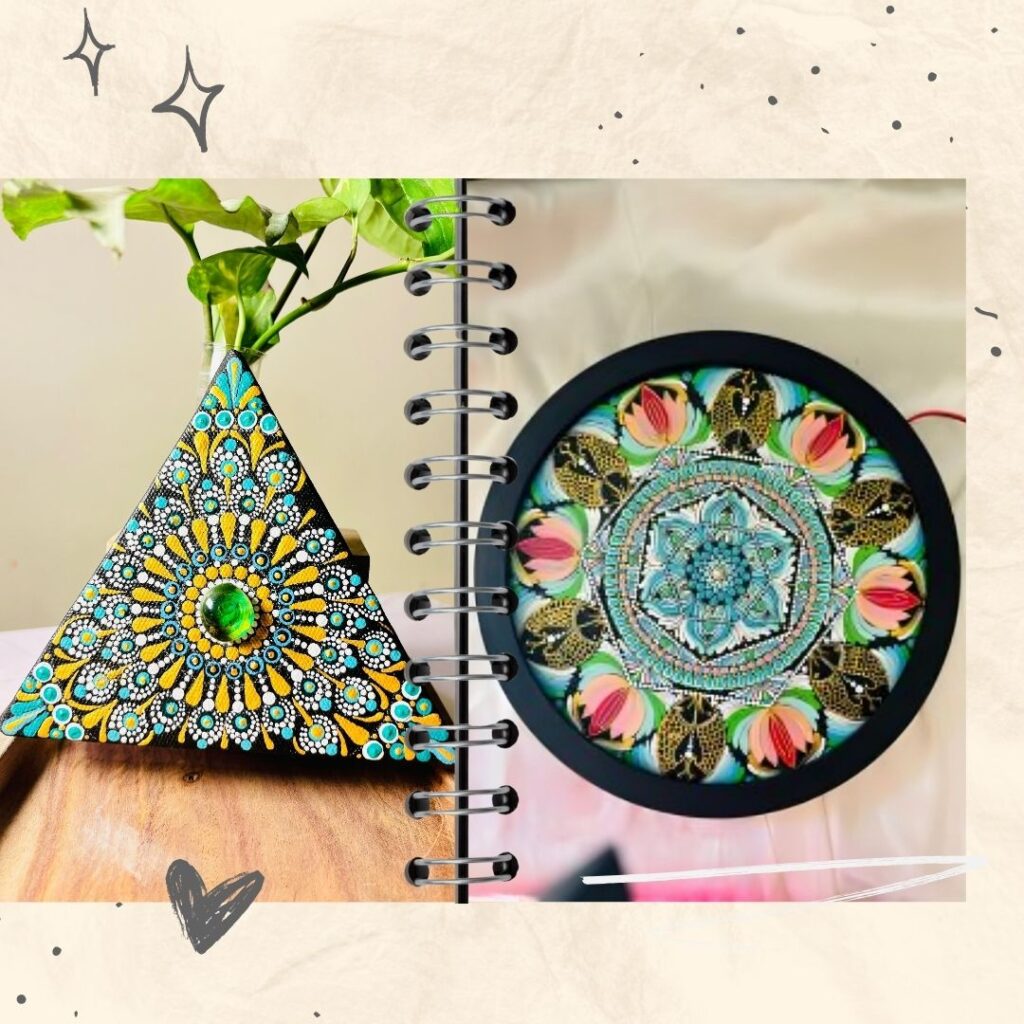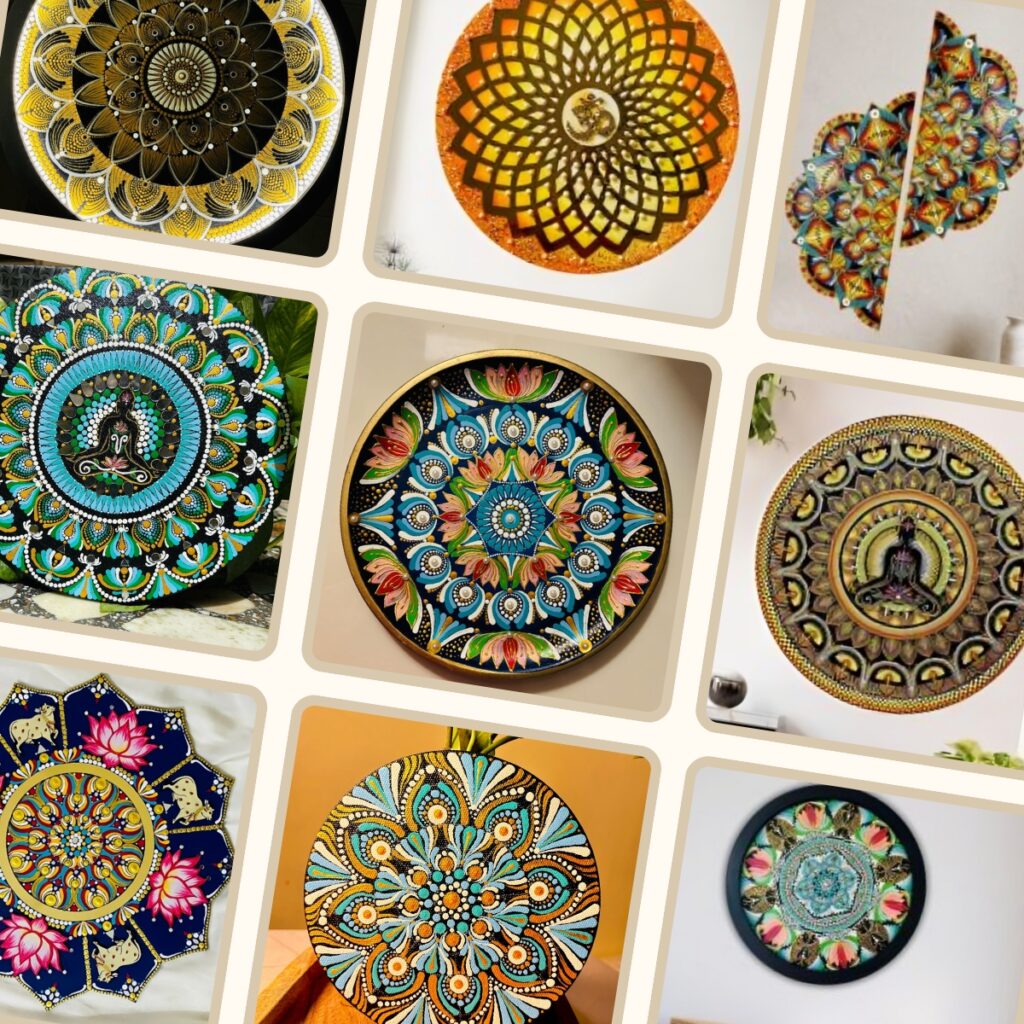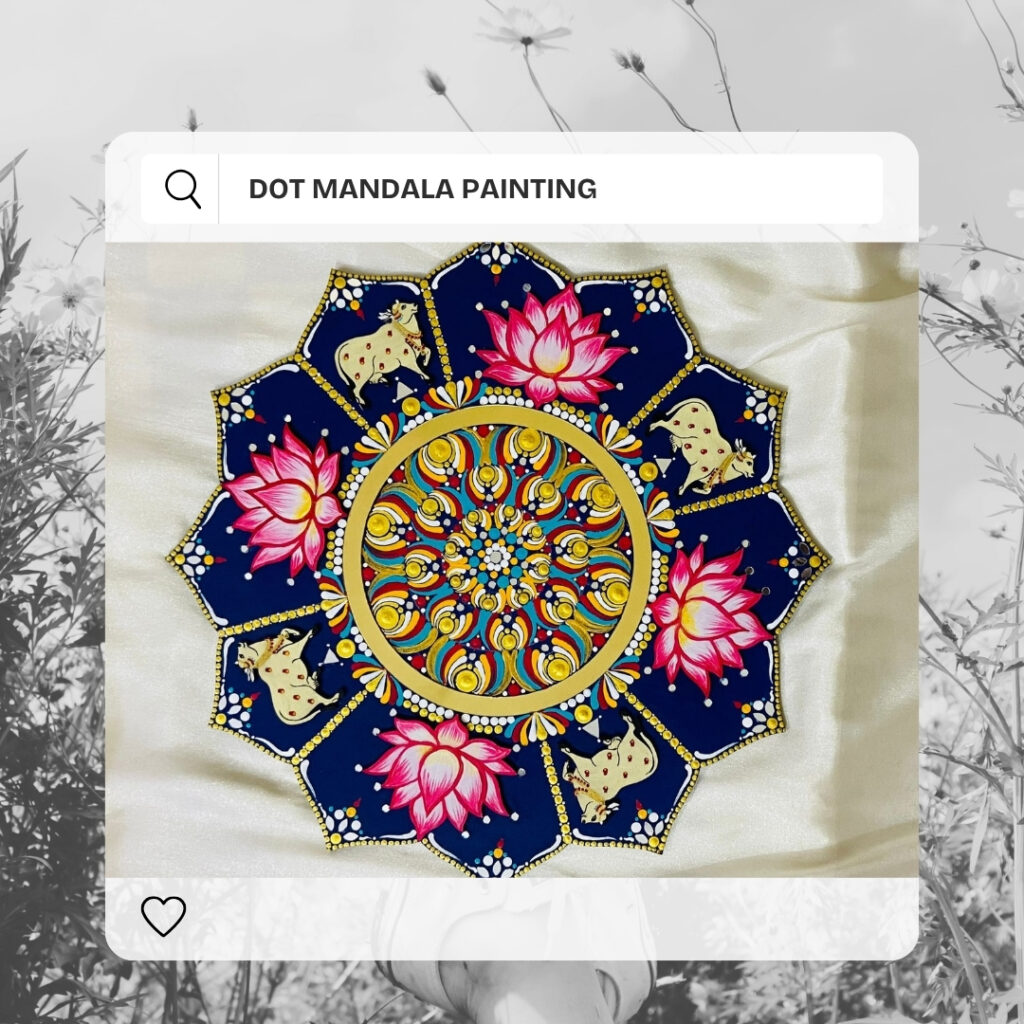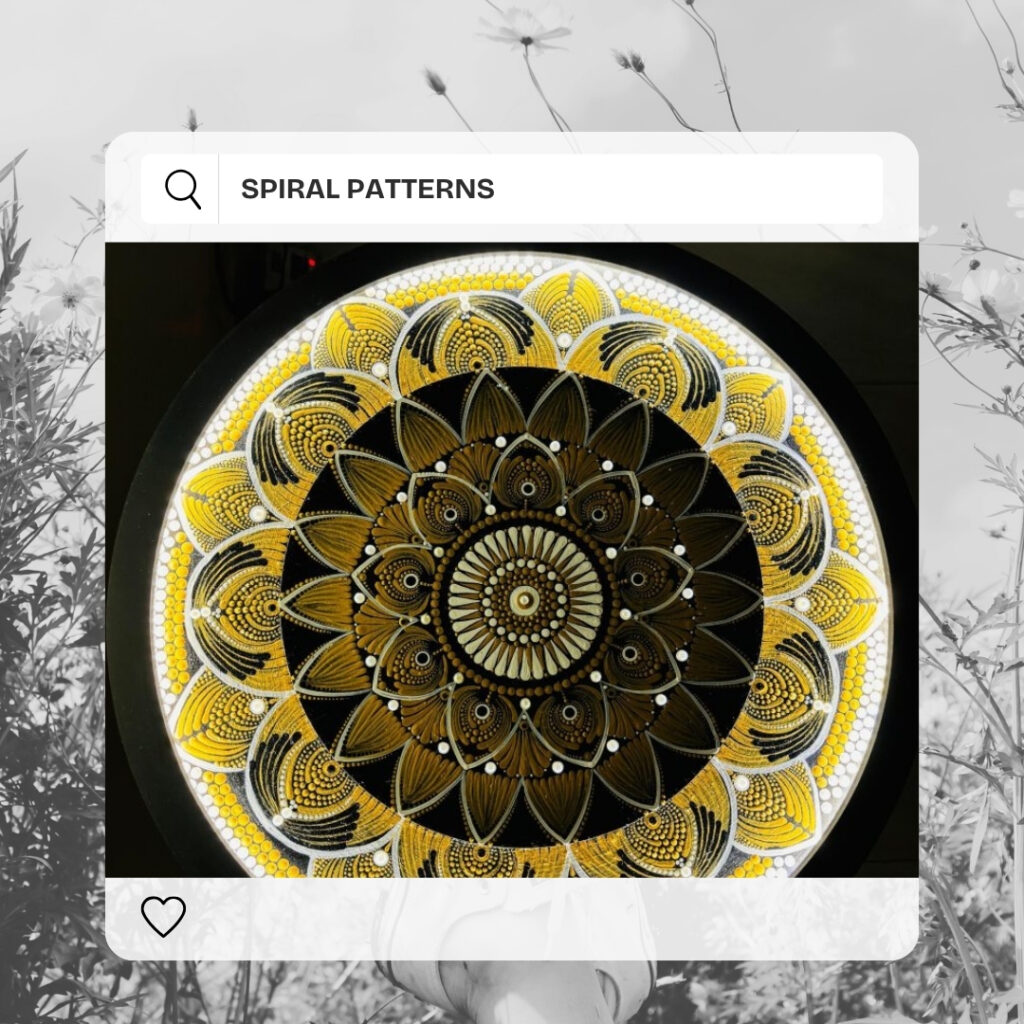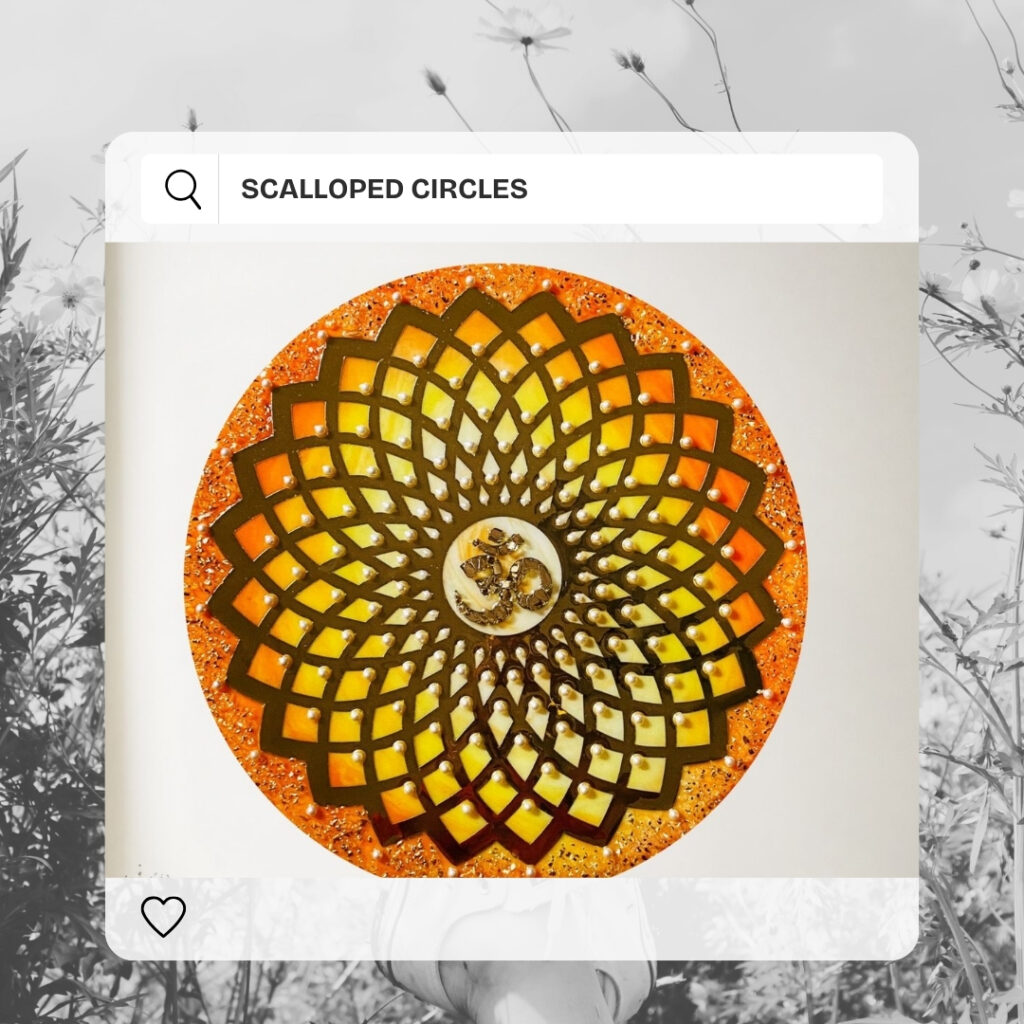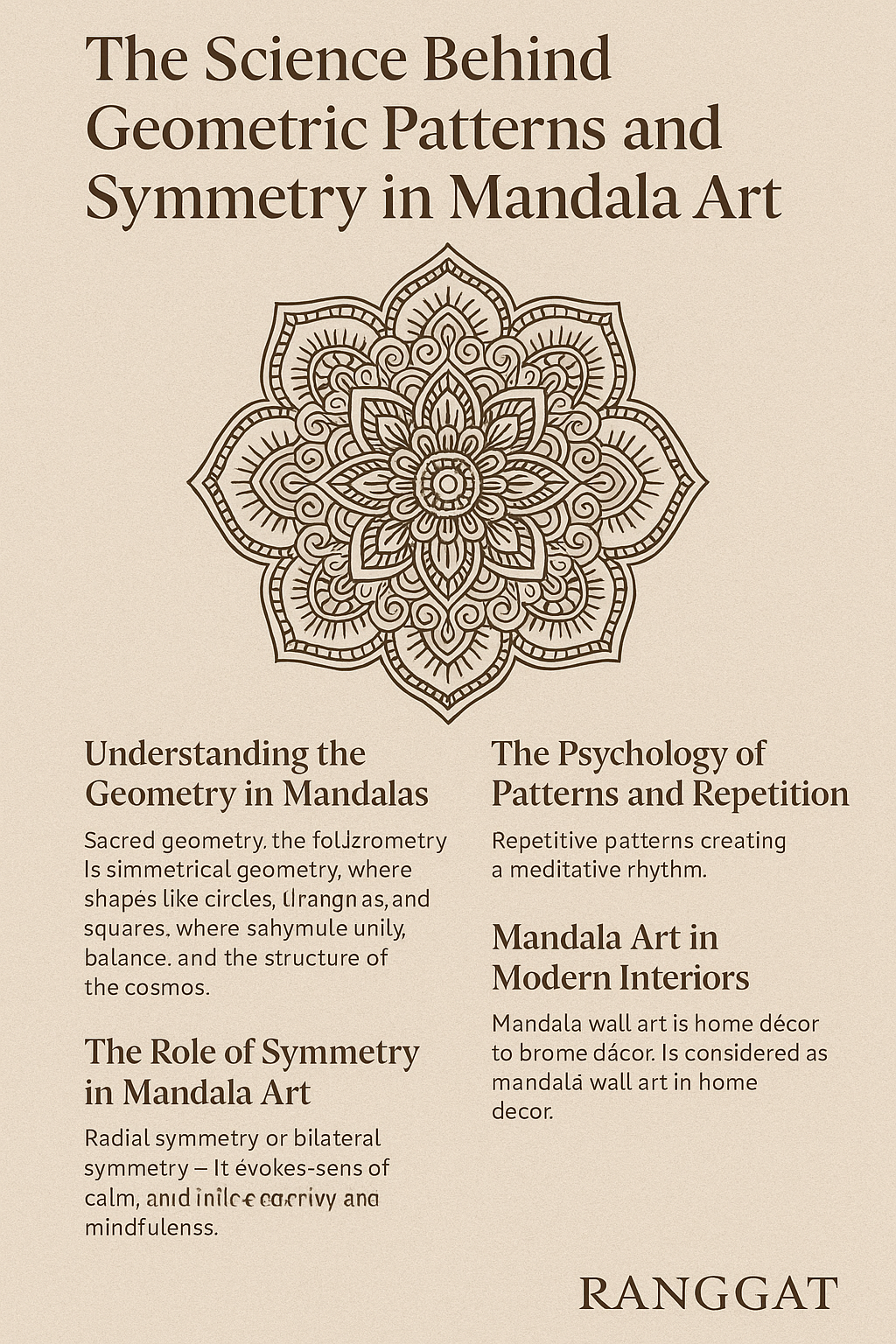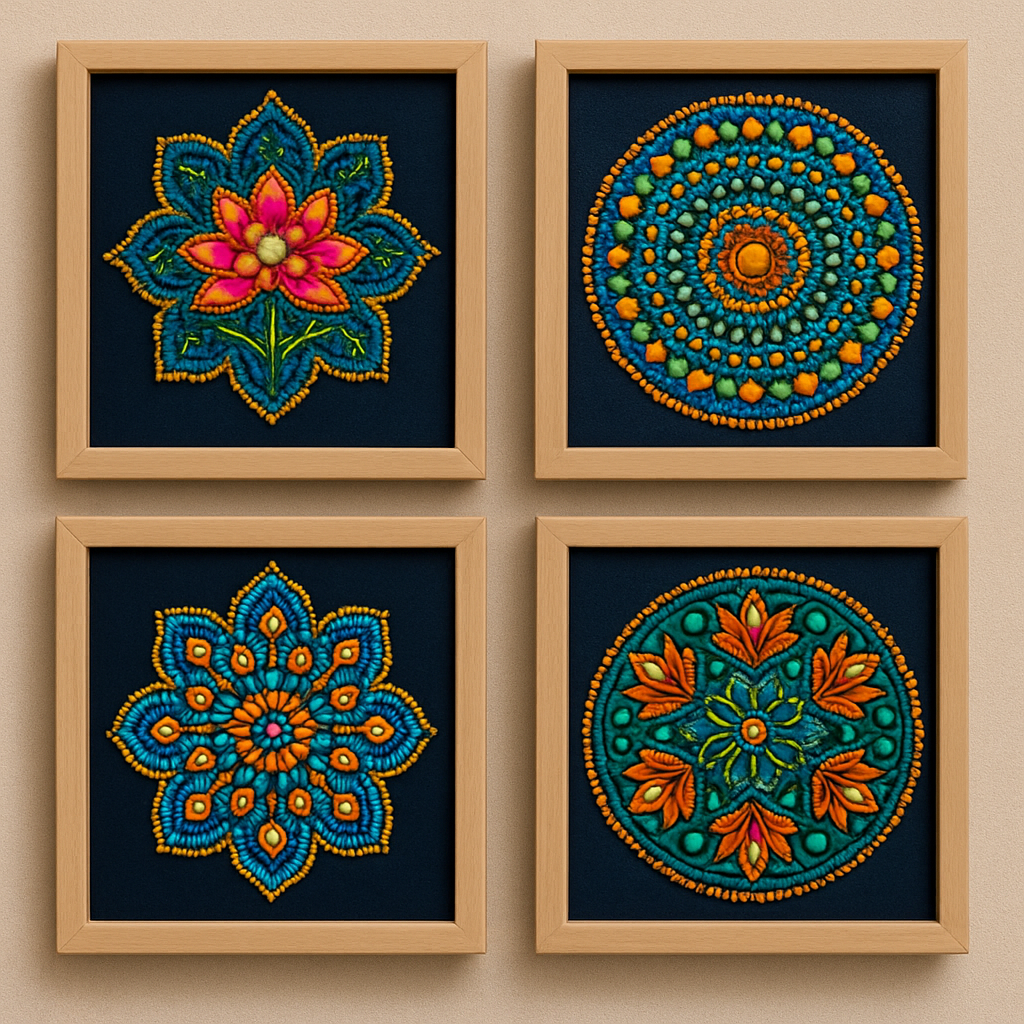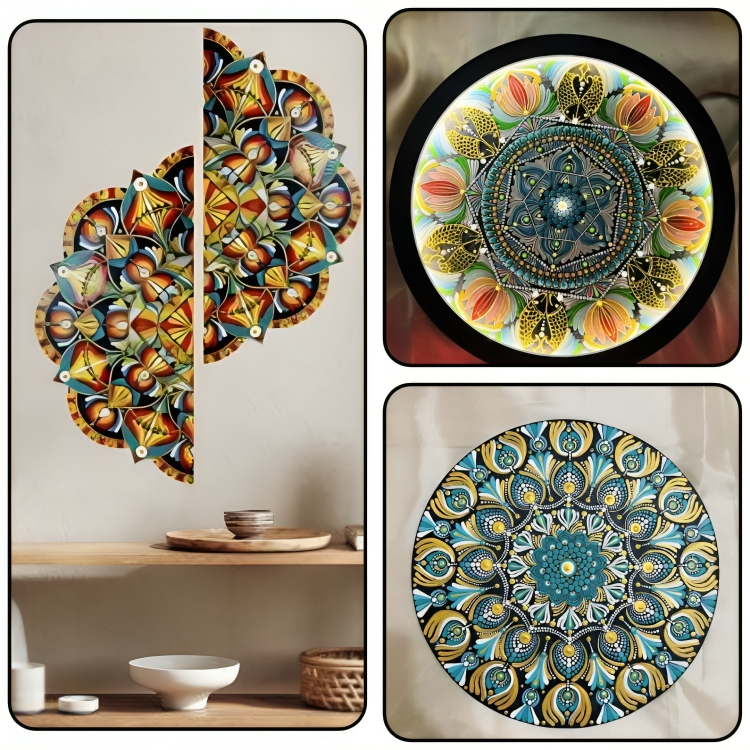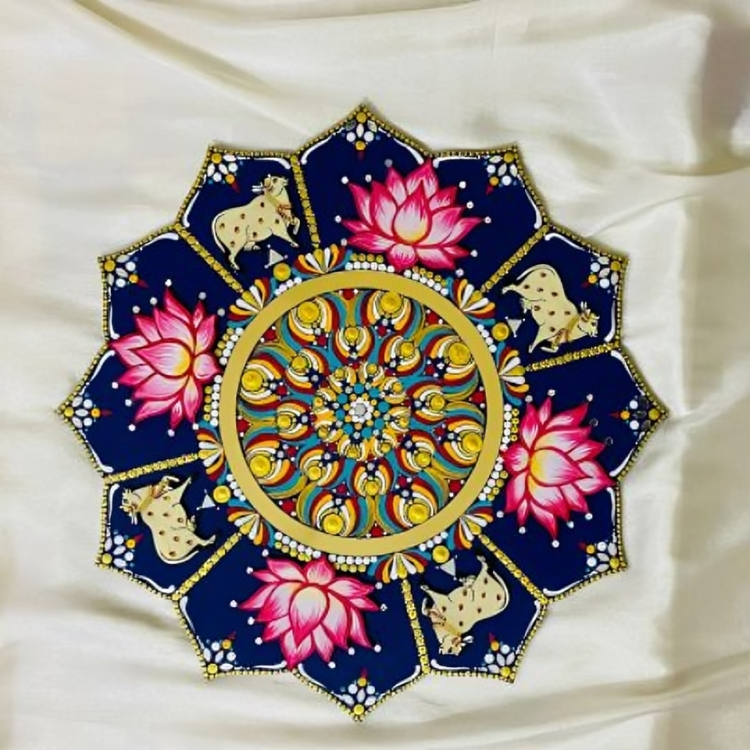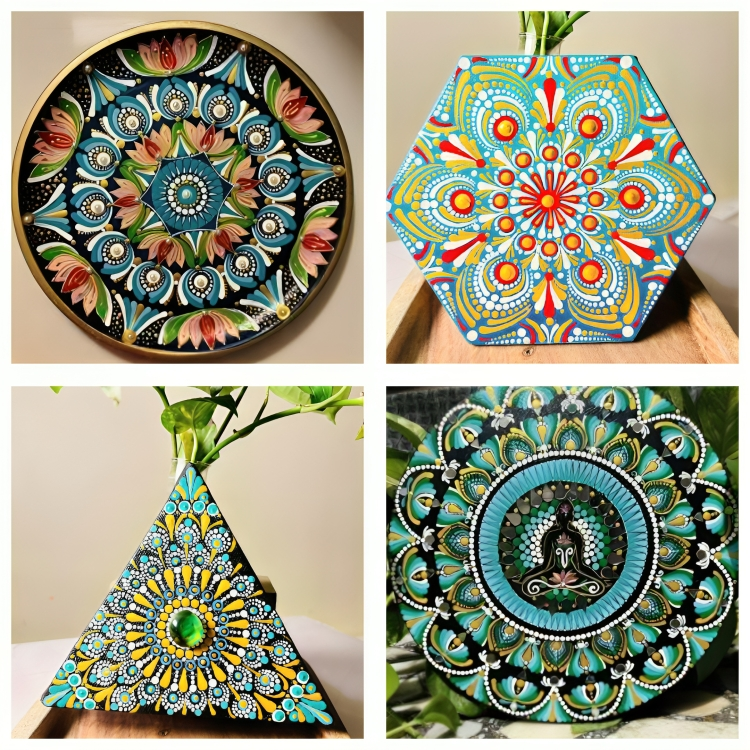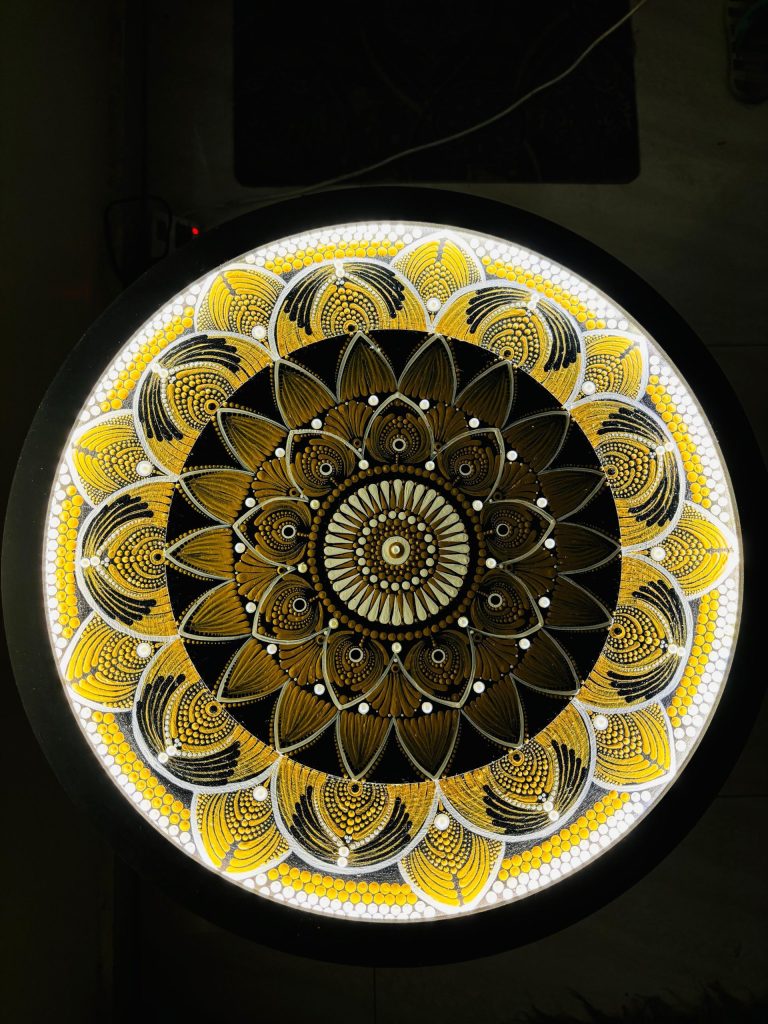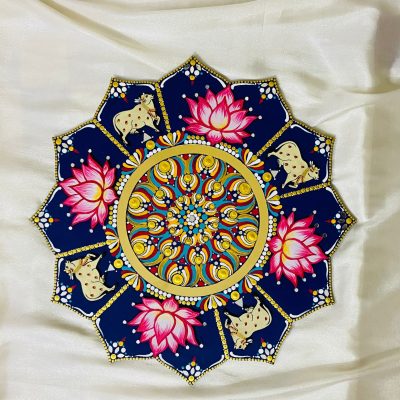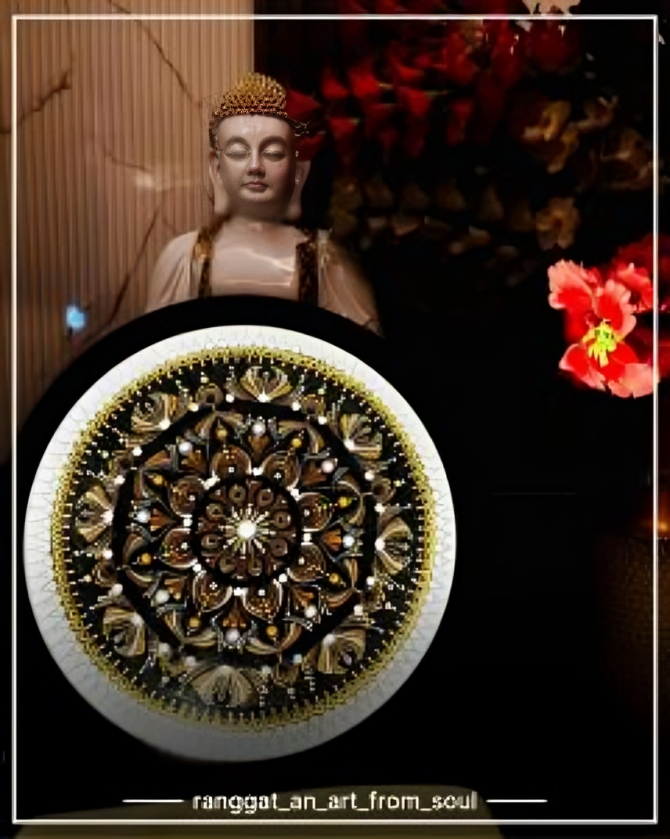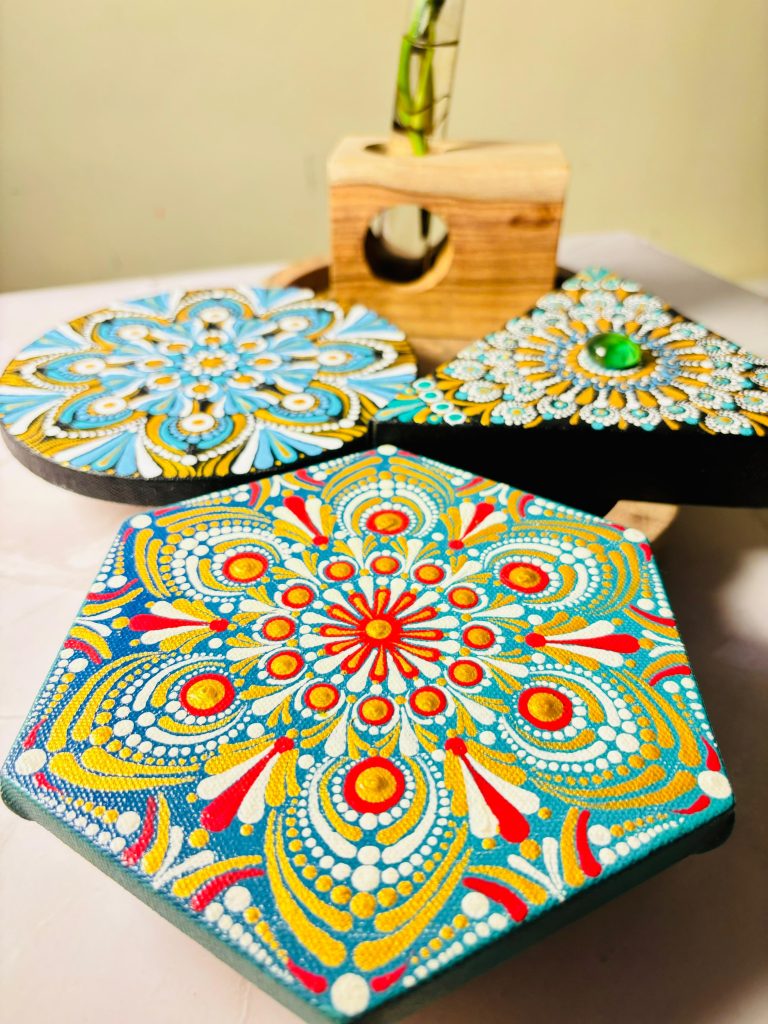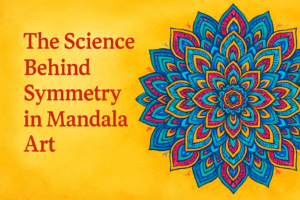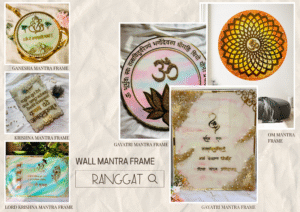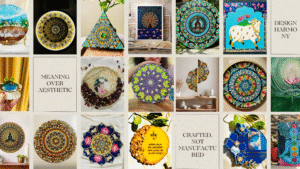Suruchi Purwar has played a dynamic and influential role in the evolution of Indian art, particularly by modernizing traditional forms and infusing her works—under the brand “Ranggat”—with spiritual and emotional depth. Her contributions include:
Championing Mandala and Contemporary Art
Suruchi has played a pivotal role in reviving the ancient tradition of dot mandala art and presenting it to modern audiences. Her creative work has earned recognition in platforms like the India Book of Records and the Harvard World Record. She has transformed this centuries-old process into a symbol of creative expression and cultural pride by redesigning this complex art form, while simultaneously preserving its original core and giving it a global voice.
Advocating Artistic Authenticity
Suruchi’s philosophy is based on the idea that art should not follow strict rules but rather represent genuine emotions and life events. She encourages artists to embrace imperfections, making creativity more inclusive and accessible. Suruchi encourages artists to express their uniqueness while being loyal to their inner voice by challenging the pursuit for perfection.
Promoting Creative Freedom and Innovation
The journey of Suruchi itself is an example of courage and creativity. She represents challenging boundaries as she transitions from a technical career to a full-time artistic career. She recognizes the impact of her mentors and now gives others the same support, mentoring up-and-coming artists through her workshops, lectures, and creative collaborations.
Preserving Tradition with a Global Outlook
Suruchi has made Indian art more respectable and relevant in today’s world by skillfully fusing traditional Indian themes and meditation symbols with modern forms. Her art speaks to people all across the world, celebrating India’s cultural legacy while offering new perspectives. Strongly supporting cultural preservation, she makes sure that audiences both domestic and internation are inspired by Indian art.
A Bridge Between Past and Future
Suruchi Purwar bridges the gap between tradition and modern creativity with her artistic vision. Her efforts go beyond simply conserving art; they also involve converting it into a dynamic, ever-evolving language that resonates to younger audiences. She encourages upcoming artists to experiment without fear while maintaining a strong sense of cultural authenticity.
Suruchi Purwar’s contribution to the development of Indian art is essentially rooted in her capacity to innovate while being true to herself, inspire without imposing, and modernize without giving up tradition. On a worldwide scale, her journey will continue to influence Indian art’s future.

